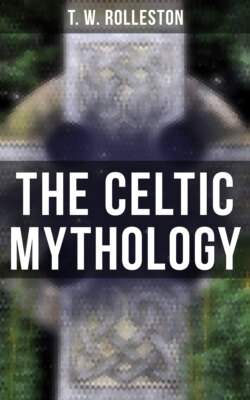Читать книгу The Celtic Mythology - T. W. Rolleston - Страница 48
На сайте Литреса книга снята с продажи.
The “Navetas”
ОглавлениеIn connexion with this subject I may draw attention to the theory of Mr. W.C. Borlase that the typical design of an Irish dolmen was intended to represent a ship. In Minorca there are analogous structures, there popularly called navetas (ships), so distinct is the resemblance. But, he adds, “long before the caves and navetas of Minorca were known to me I had formed the opinion that what I have so frequently spoken of as the ‘wedge-shape’ observable so universally in the ground-plans of dolmens was due to an original conception of a ship. From sepulchral tumuli in Scandinavia we know actual vessels have on several occasions been disinterred. In cemeteries of the Iron Age, in the same country, as well as on the more southern Baltic coasts, the ship was a recognised form of sepulchral enclosure.”49 If Mr. Borlase's view is correct, we have here a very strong corroboration of the symbolic intention which I attribute to the solar ship-carvings of the Megalithic People.
